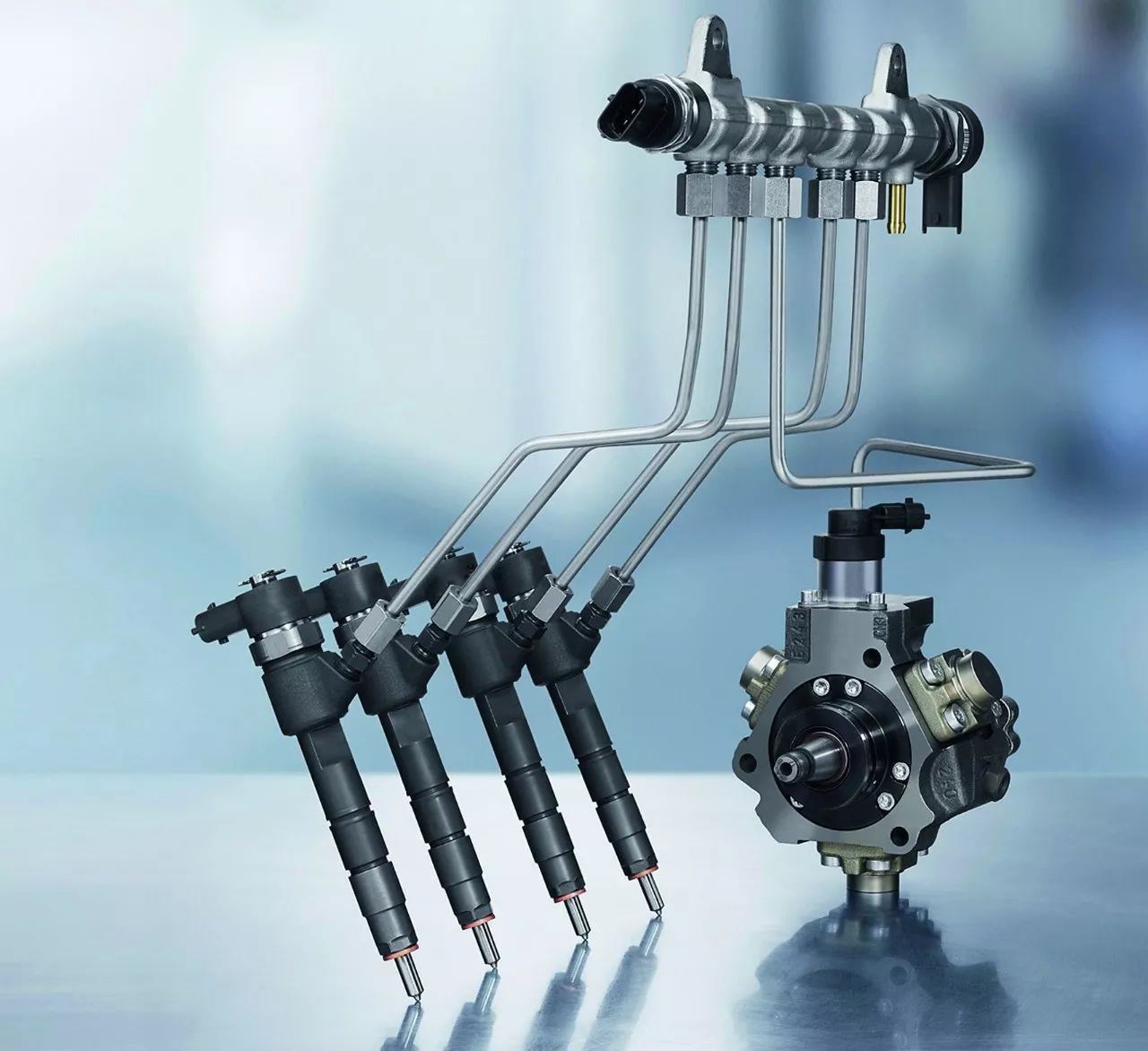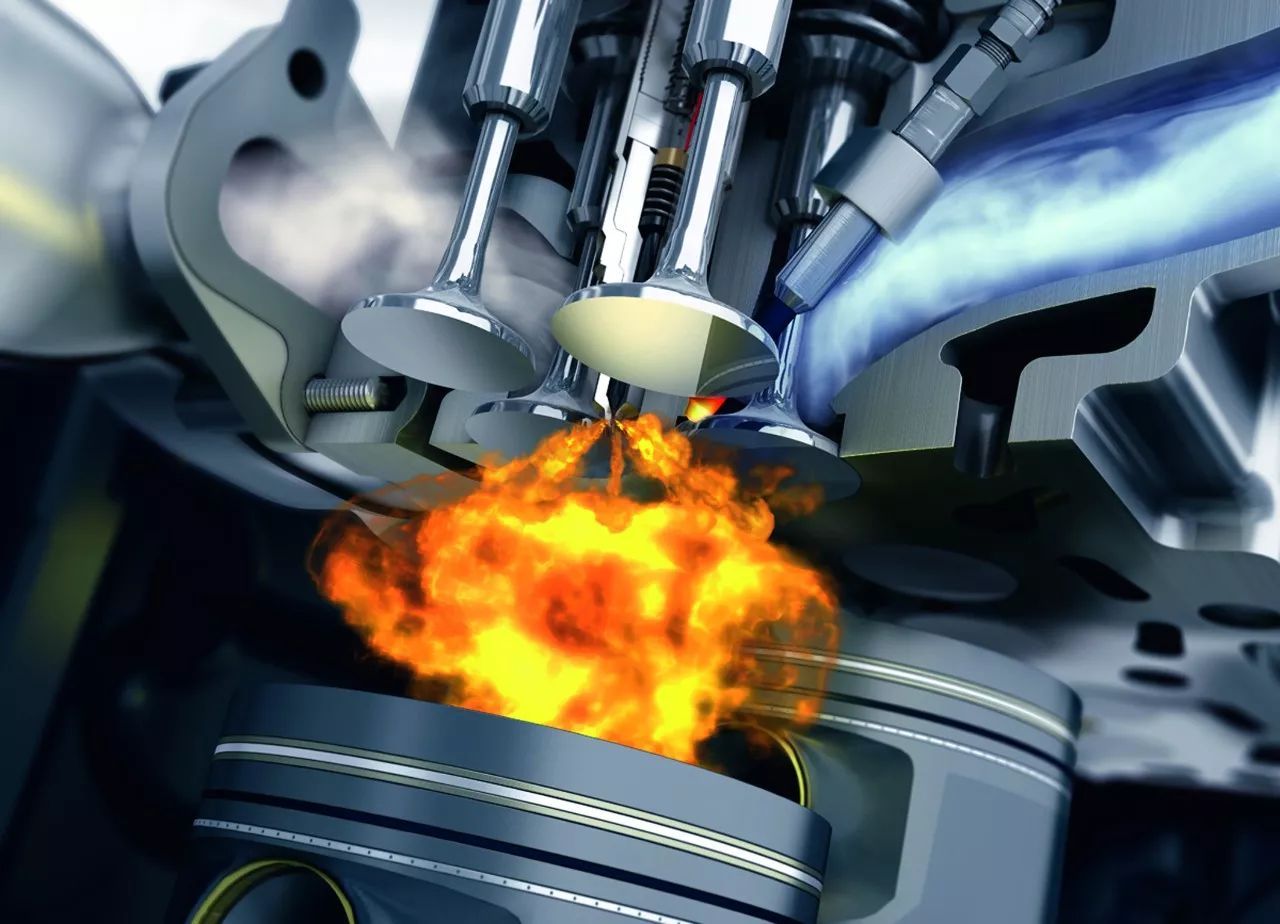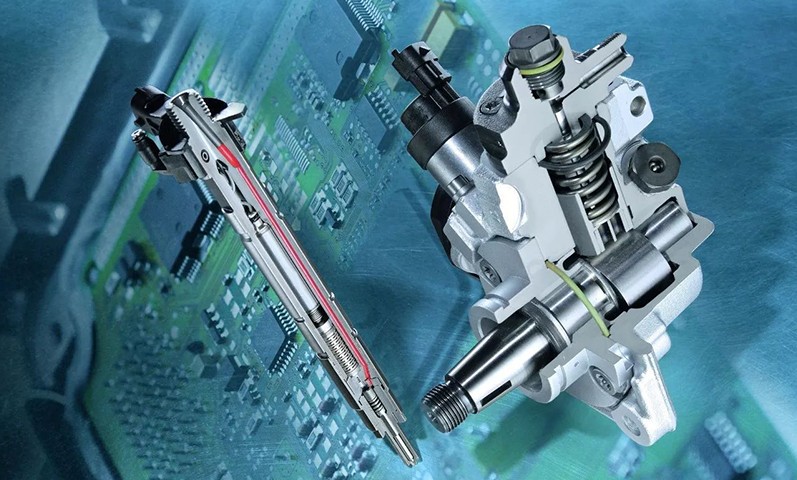
The common rail system generates fuel pressure and injects fuel
Separately, if the unit pump diesel injection technology is separated
Compared to the revolution in diesel technology
So the common track can be called rebellion
Because it deviates from traditional diesel systemsAnd approximate to
Sequential gasoline injection system.The common rail system has been opened up
Reduce diesel engine emissionsA New Approach to Noise
Diesel cars have a history of 80 years, and in the past 20 years, it can be said that diesel engines have made rapid progress. Europe can be said to be a paradise for diesel cars. Today, many brands of sedans in Europe are equipped with common rail diesel engines, such as Peugeot's HDI common rail diesel engine, Fiat's JTD engine, and Delphi's Multec DCR diesel common rail system. It can be said that the diesel common rail system has opened up a new way to reduce diesel engine emissions and noise.
The common rail system is different from the diesel injection system previously driven by camshafts. The common rail diesel injection system completely separates the generation of injection pressure and the injection process from each other. The solenoid controlled fuel injector replaces the traditional mechanical fuel injector, and the fuel pressure in the fuel rail is generated by a radial plunger high-pressure pump. The pressure is independent of the engine speed and can be freely set within a certain range. The fuel pressure in the common rail is controlled by an electromagnetic pressure regulating valve, which continuously adjusts the pressure according to the working needs of the engine. The pulse signal acting on the solenoid valve of the fuel injector by the electronic control unit controls the fuel injection process. The amount of fuel injected depends on the oil pressure in the fuel rail, the duration of the solenoid valve opening, and the liquid flow characteristics of the fuel injector.

The common rail diesel injection system has greater advantages compared to the pump nozzle system. Fuel injection pressure is an important indicator of diesel engines, as it is related to engine power, fuel consumption, emissions, etc. Ten years ago, the common rail diesel injection system underwent significant development, with higher fuel injection pressure compared to the pump nozzle direct injection system and the ability to provide flexible fuel distribution control. The ECU flexibly controls fuel distribution, fuel injection time, injection pressure, and injection rate. The common rail has brought the responsiveness and driving comfort of diesel engines to the level of gasoline engines, while also possessing significant fuel economy and low emission characteristics.
The common rail system can achieve very high fuel pressure across all engine speed ranges. The flexible electronic control system can achieve low emissions and high efficiency in various engine operating conditions by controlling timing and injection pressure. Due to the separation of pressure formation and injection process, engine designers have gained greater freedom in studying combustion and injection processes. The common rail system can ensure that the engine maintains high fuel pressure across all speed ranges, and can adjust the injection pressure and timing according to the requirements of the engine's operating conditions, enabling the engine to achieve complete combustion even at low speeds, thus achieving high torque even at very low speeds. The application of pre injection technology has made greater progress in reducing emissions and noise.
The compact structure of the nozzle makes the common rail system a practical solution even for small displacement 4-valve engines. At the end of 1999, Smart was born equipped with a 3-cylinder common rail diesel engine, with a displacement of only 799mL, a maximum power of 30kW, and a maximum torque output of 100Nm at 1800-2800rpm. For this minimum displacement common rail diesel engine, its advantages are also very obvious.

At that time, the Mercedes Benz E320 engine, which was equipped with the second-generation common rail fuel injection system, had a maximum power of 150kW and an output torque of 250Nm at 1000rpm. It achieved 85% of the peak torque at 1400rpm and a peak torque of 500Nm over a wide range of 1800-2600rpm. The acceleration time of 0-100km/h is only 7.7 seconds. The comprehensive fuel consumption is 6.9L/100km, and the 80L fuel tank achieves a range of 1000km. Compared to the comprehensive fuel consumption of 9.9L/100km of the E320 equipped with a gasoline engine, the fuel economy advantage of the common rail injection diesel engine is significant.
The first generation common rail high-pressure pump always maintains the highest pressure, resulting in energy waste and high fuel temperature. The second generation can change the output pressure according to engine requirements and has pre injection and post injection functions. Pre injection reduces engine noise: a small amount of fuel is injected into the cylinder for compression ignition within a millionth of a second before the main injection, preheating the combustion chamber. The preheated cylinder makes the compression ignition after the main injection easier, and the pressure and temperature inside the cylinder no longer suddenly increase, which is beneficial for reducing combustion noise. During the expansion process, post injection is carried out to generate secondary combustion, which increases the temperature in the cylinder by 200-250 ℃ and reduces the hydrocarbons in the exhaust.
Due to its strong technological potential, manufacturers today have set their sights on the third generation of common rail systems - piezoelectric common rail systems, where piezoelectric actuators replace solenoid valves, resulting in more precise injection control. Without the return pipe, the structure is simpler. The pressure is elastically adjusted from 200 to 2000 bar, and its minimum injection volume is precisely controlled, reducing smoke and NOX emissions. It can be said that in today's commercial vehicle market, diesel common rail injection diesel engines dominate the main market and have strong technological potential.